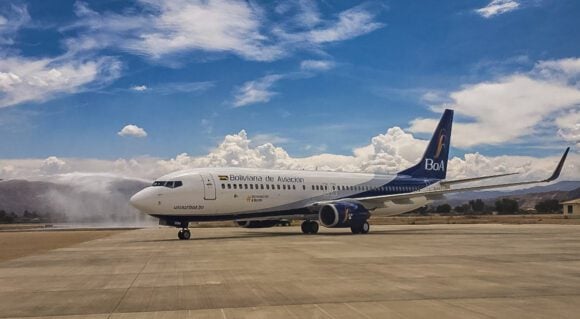
260367479 5012516332091833 2698366504960054337 n
Royal Jordanian has selected the Airbus A320neo family as the aircraft type to replace its aging A320ceo fleet. The carrier will order twenty A320neo family aircraft, it said on October 2, without specifying the sub-types. Royal Jordanian renews fleet with Airbus A320neo.
If the Boeing MAX was really in the race isn’t clear, but Royal Jordanian Vice Chairman and CEO, Samer Majali, is quoted in Arabian media as saying that the selection of the Airbus came after a comprehensive review. No engine choice has been disclosed, nor if the aircraft will be leased or purchased. Most of Royal Jordanian’s aircraft have been leased.
The twenty neo’s replace thirteen ceo’s that are currently in service: four A319s, seven A320s, and two A321s. The A319s are over fifteen years old, the A320s over eleven years, and the A321s over ten years, so fleet renewal was always expected.
Royal Jordanian currently operates a fleet of 25 aircraft, including the thirteen A320ceo’s, a single A310-300, seven Boeing 787-8s, two Embraer E170s, and two E190s. The strategic plan for the coming three to five years sees the fleet grow to around forty aircraft. Half of that will be taken by the A320neo family, but the airline plans to grow its Dreamliner fleet to eleven aircraft. Majali said that he is in discussions with Boeing about acquiring additional 787s, which could include the -9 or -10.
Planned for the second half of 2023 is the renewal and expansion of the regional fleet. A fleet decision will be announced soon, said Majali. This looks like another shootout between the Airbus A220 and the Embraer E2-family, with the Brazilian airframer keen to add customers from the Middle East. Website Aviacionline.com reported last Thursday that Oman’s low-cost airliner Salam Air has signed a Memorandum of Understanding for twelve E195-E2s, but this news hasn’t been confirmed by Embraer yet. It would make Salam Air the first E2-customer in the Gulf region.
Royal Jordanian reported significant losses during the Covid-years. In 2021, the loss was $-105 million despite more than doubling the number of passengers to 1.6 million from 2020, when it suffered a $-226 million net loss.
Views: 46



